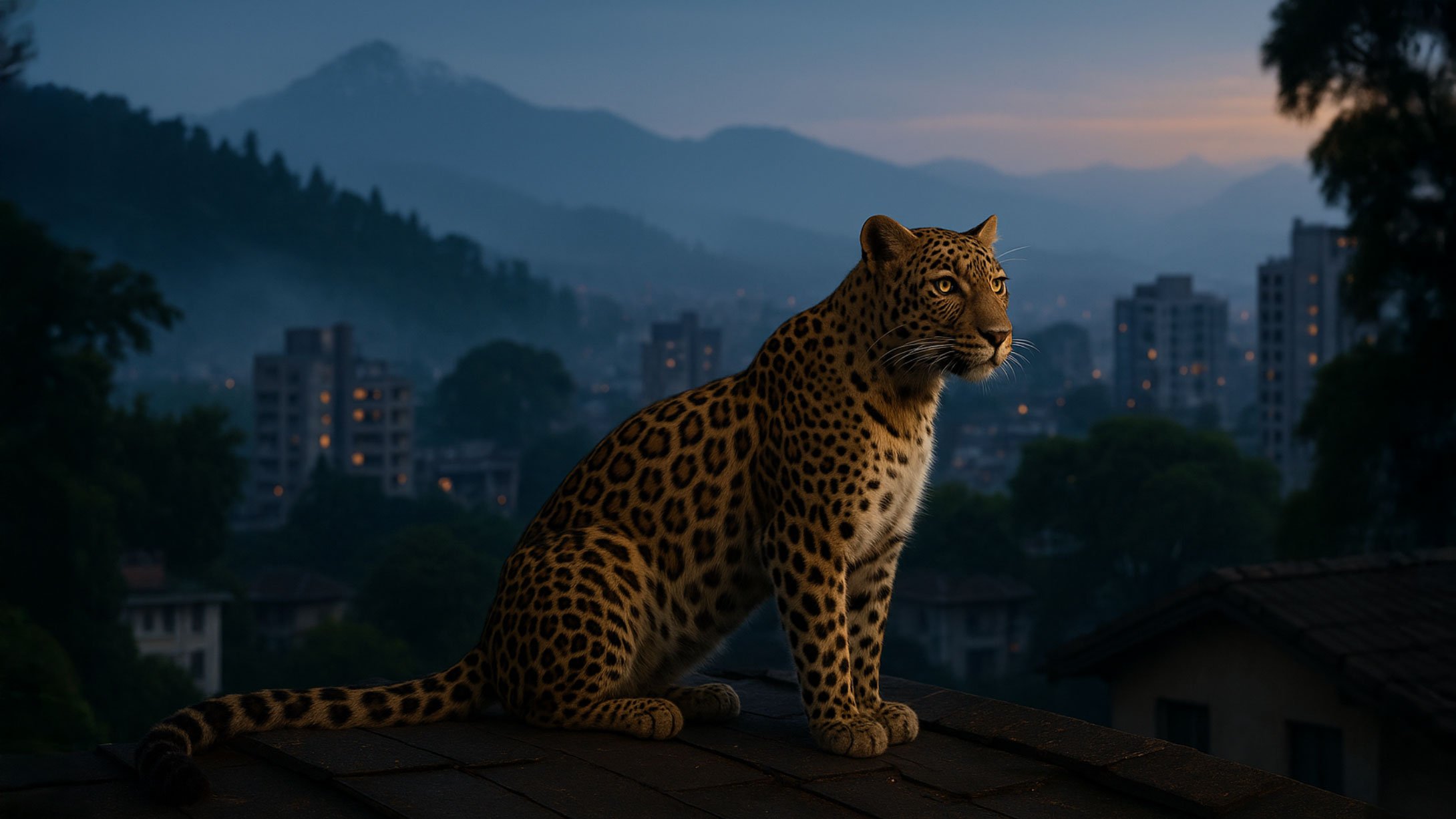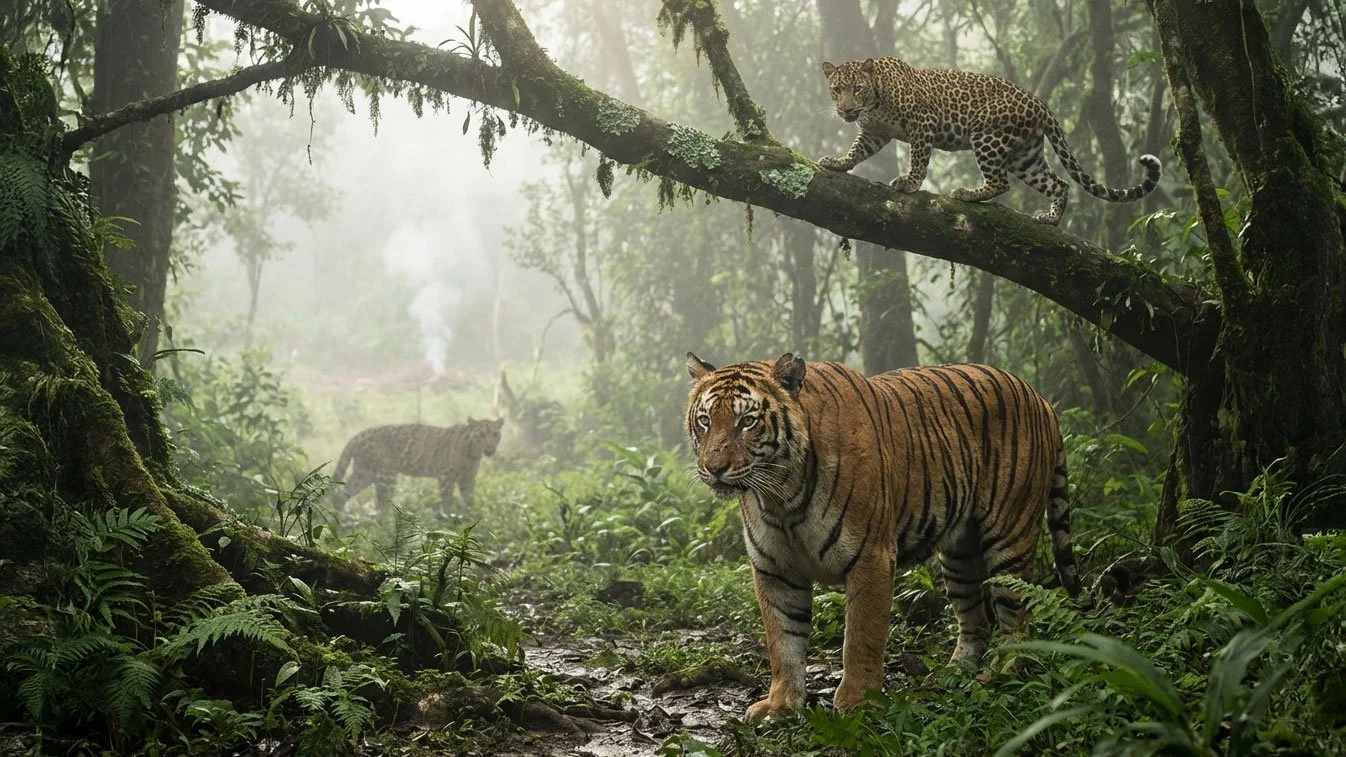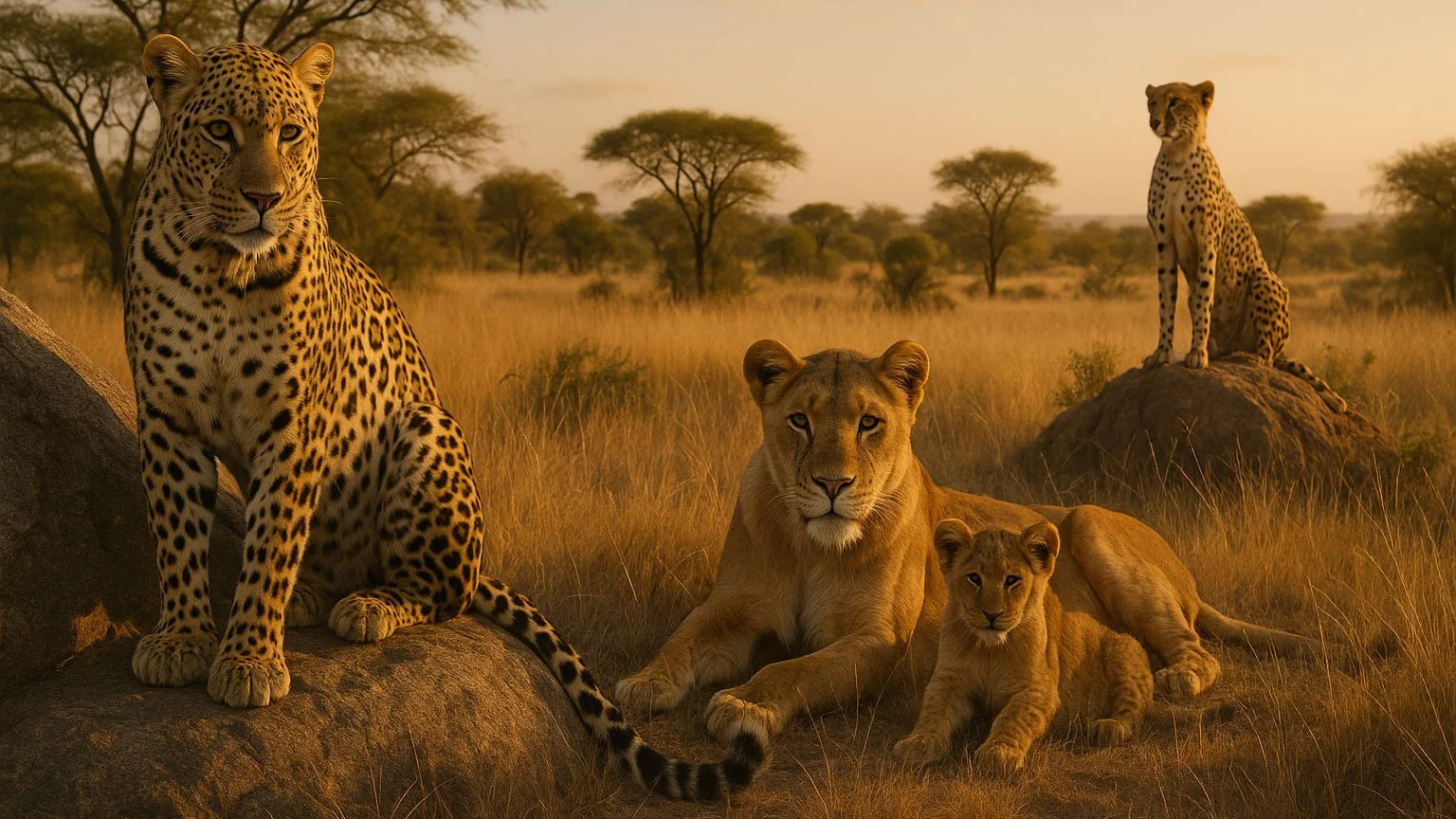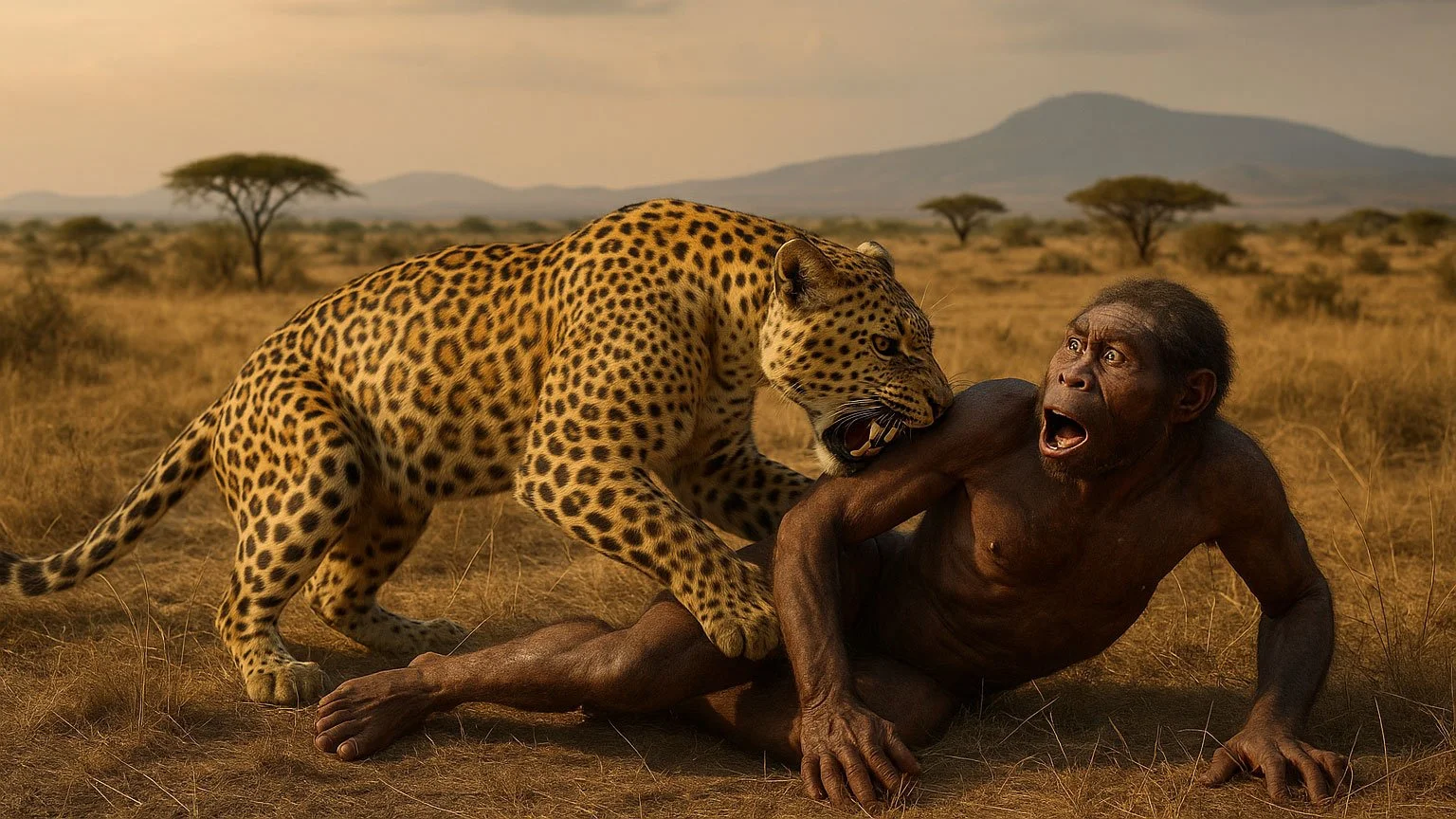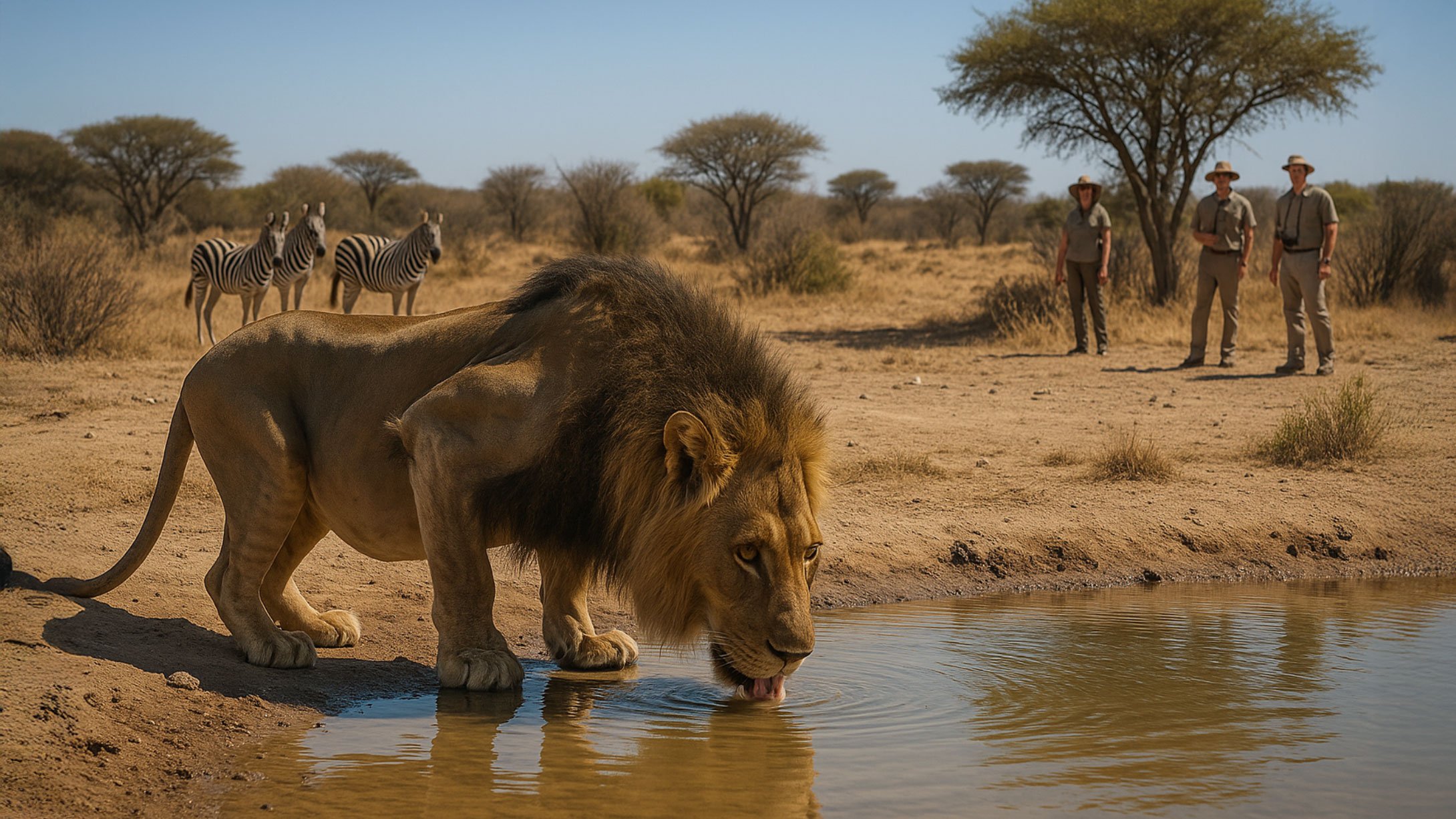Shadows of the City: Why Leopards Deserve the Spotlight
In the hush of twilight, when cities begin to wind down and human chatter fades, another set of eyes awakens. Silent. Watchful. Hidden in plain sight. It’s not a ghost—it’s a leopard.
On May 3rd, the world pauses—if only briefly—for International Leopard Day. It's a day to honor one of the most adaptable, enigmatic, and misunderstood big cats to ever prowl the Earth. While tigers dazzle and lions command legends, leopards live in the margins—of forests, of cities, of human perception. And yet, they are everywhere.
Across Asia and Africa, the leopard (Panthera pardus) wears its rosettes like a cloak of invisibility. These masters of camouflage have been documented leaping across Mumbai’s expressways, skirting schoolyards in central India, slipping through sugarcane fields in Nepal, and navigating the shrinking forests of Bangladesh. Their resilience is nothing short of heroic—but it’s a story few tell, and even fewer fight for.
The Urban Ghosts of India
Imagine sipping your morning chai and catching a flash of gold and black out the window. In places like Mumbai, Indore, and Jabalpur, that isn’t just a dream—it’s a growing reality. As natural habitats dwindle, leopards have adapted to urban jungles. The Aarey Colony in Mumbai is one of the most fascinating examples, where leopards and humans coexist with surprising ease. But such coexistence is fragile.
Urban expansion doesn’t ask permission—it paves, it builds, it displaces. And while some leopards adapt, others lash out in confusion and fear. In Uttarakhand and other Indian states, leopards sometimes prey on livestock—or tragically, even people—leading to retaliatory killings. Without data or understanding, these incidents often stir fear rather than solutions.
Ecologist Aniruddha Majumder rightly notes that the lack of studies on urban leopards makes it difficult to protect them. “Assessing their presence in cities is now essential,” he said. Awareness, education, and thoughtful planning could mean the difference between coexistence and conflict.
A Viral Threat in Nepal
If bulldozers weren’t enough, an invisible killer now stalks Nepal’s leopards: canine distemper virus (CDV). Likely transmitted by feral dogs, this disease has already devastated lion populations in India and Africa. Now, it's infiltrating leopard habitats in Nepal, and some cases have proven fatal.
“This could be a ticking time bomb,” warns wild carnivore expert Martin Gilbert. The virus is believed to be circulating among other wild species too, making containment a formidable challenge. And as climate change pushes big cats—tigers, snow leopards, and leopards alike—into overlapping high-altitude territories, the risks only intensify. Disease transmission. Prey competition. New patterns of human-wildlife conflict.
Nepal’s rugged mountains may offer refuge, but for how long?
A Vanishing Act in Bangladesh
Just 85 years ago, leopards were kings of Bangladesh’s wilderness—prowling coastlines, grasslands, and forests. Today, they are nearly ghosts. Gone from most of their historical range, they now teeter on the edge of extinction, with only a few clinging to survival near the Indian border.
Bangladesh’s Red List now classifies the leopard as critically endangered. And yet, there’s little urgency in the national conservation agenda. No robust surveys. No strategic protection plans. Just silence.
“The leopard’s decline here is a tragedy of neglect,” said conservationist Rafiqul Islam. "We need immediate action to bring them back into focus."
Why the Leopard Matters
Unlike their showier cousins, leopards don’t roar for attention. But their survival is vital. They are apex predators and ecosystem regulators, keeping herbivore populations in balance, which in turn preserves vegetation and biodiversity.
And if they can teach us anything, it's resilience. In the shadow of towering cities and the blaze of environmental disruption, leopards adapt. But adaptation has limits.
What they need now isn't more proof of their endurance. It's allies.
You can be one.
Support organizations that protect wild cats like Big Cat Rescue, which now focuses its mission on saving cats in the wild. Advocate for ethical urban planning. Speak up when governments ignore their duty to protect biodiversity. And honor the leopard—not just on May 3rd, but every time you consider what wildness means in our modern world.
Because the most beautiful things in nature are often the ones we forget to see.
Read more: https://news.mongabay.com/short-article/international-leopard-day-celebrates-the-resilient-yet-often-overlooked-big-cat/
